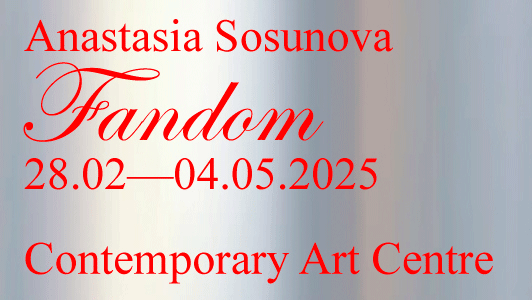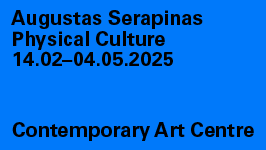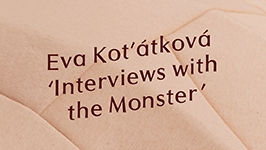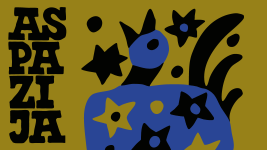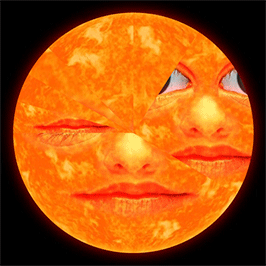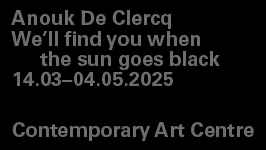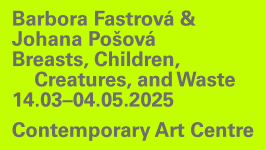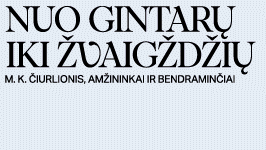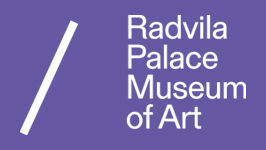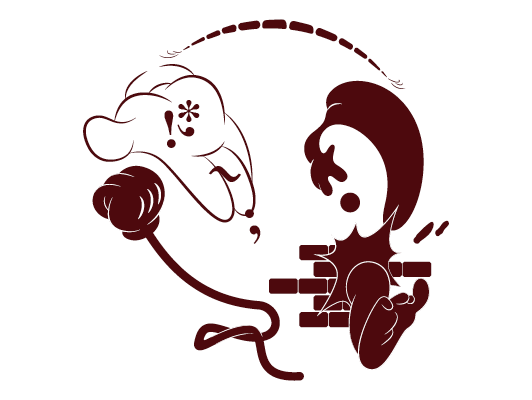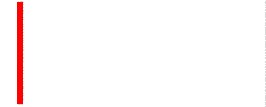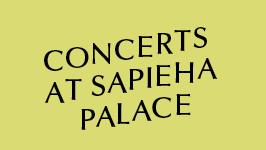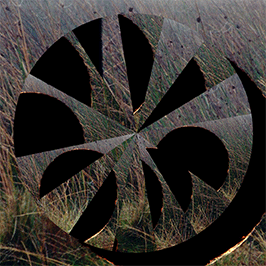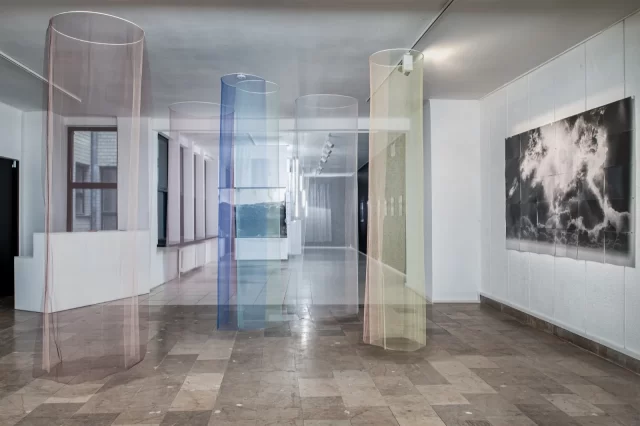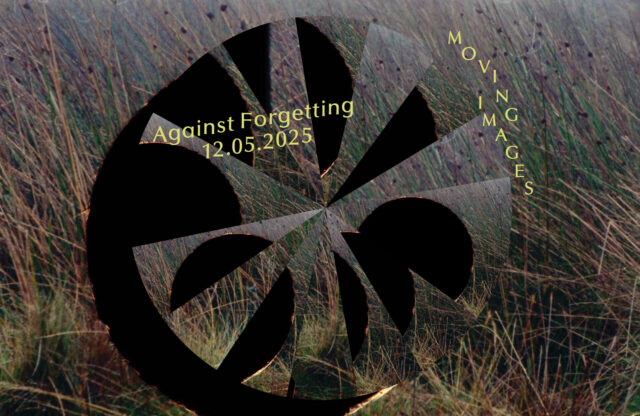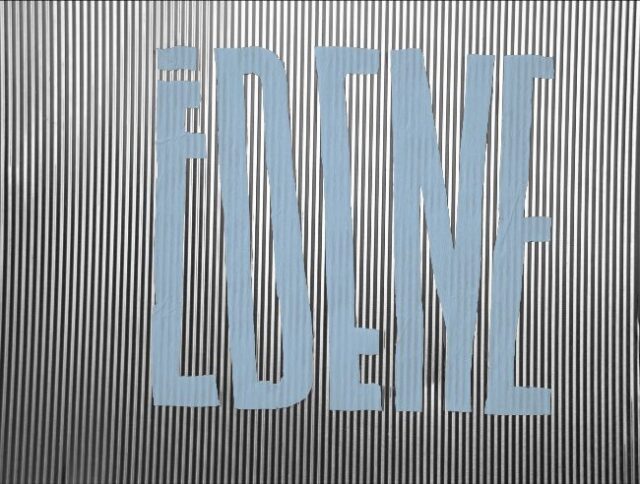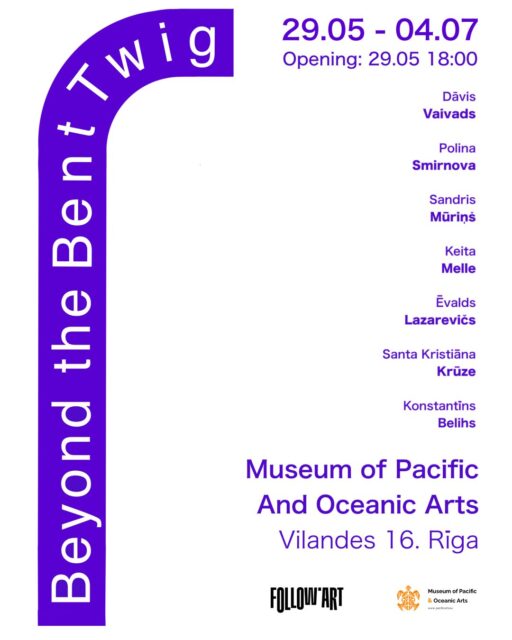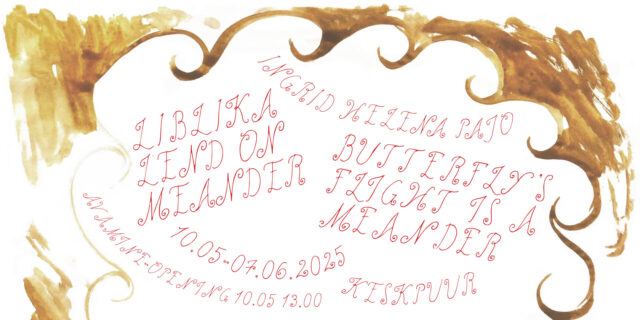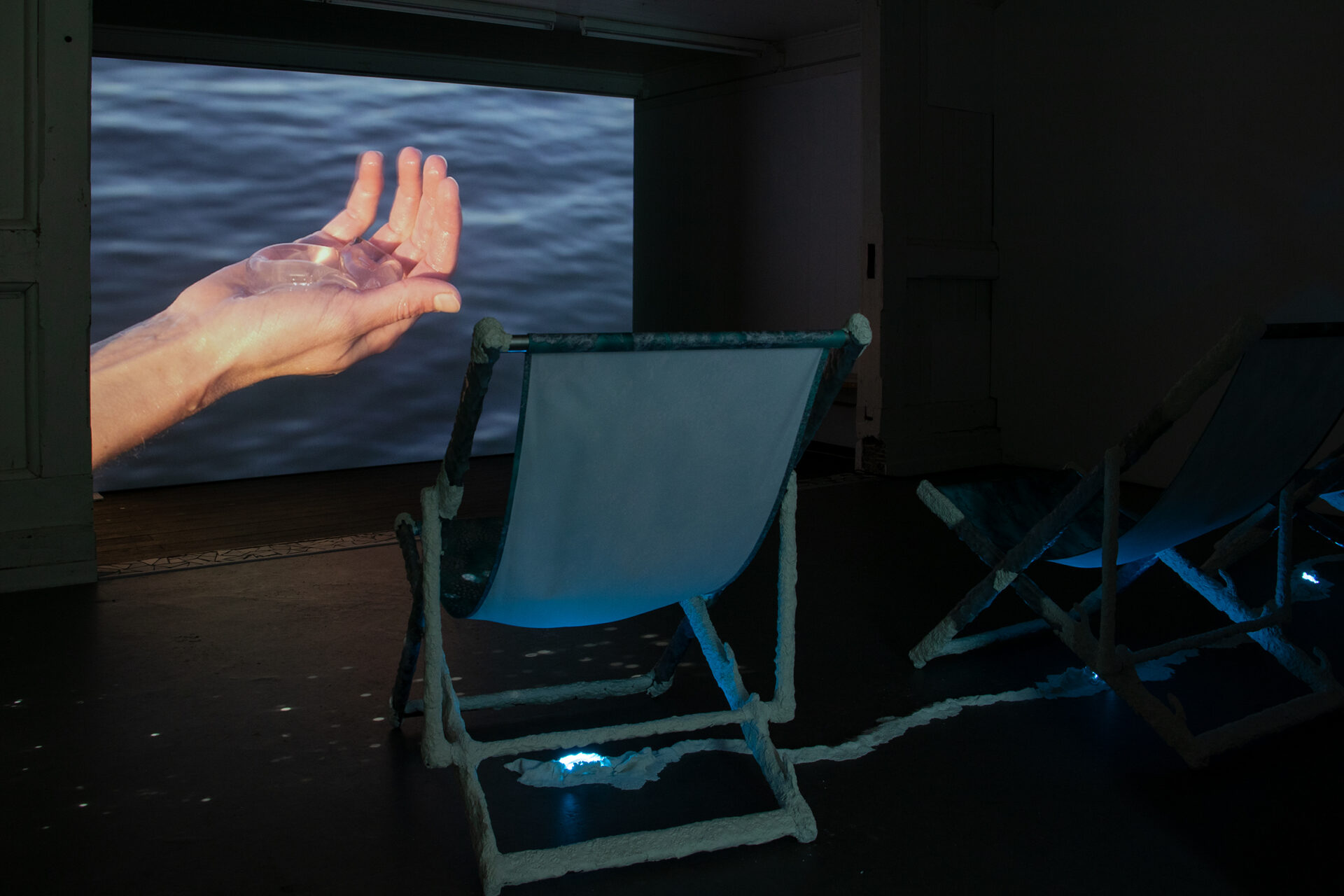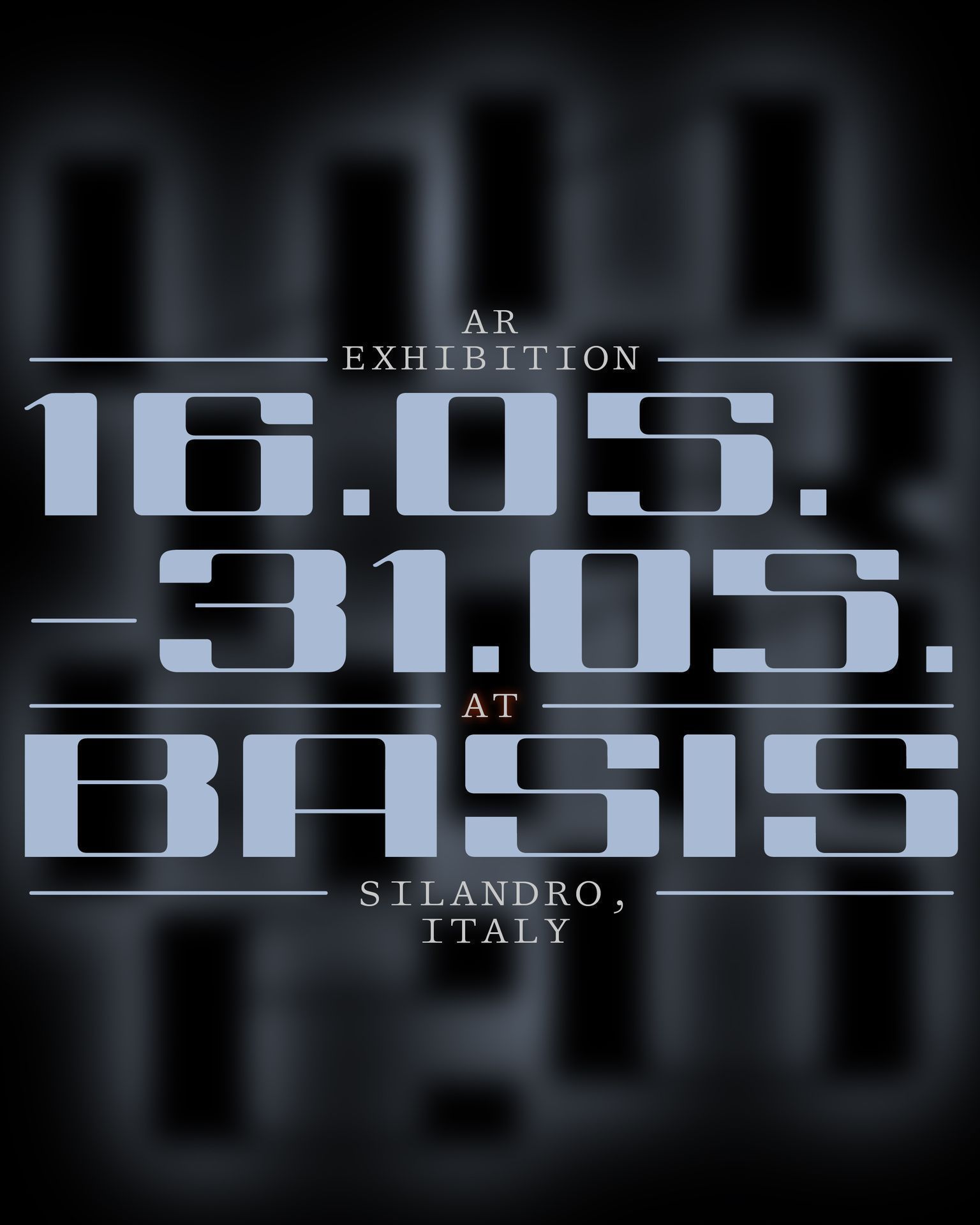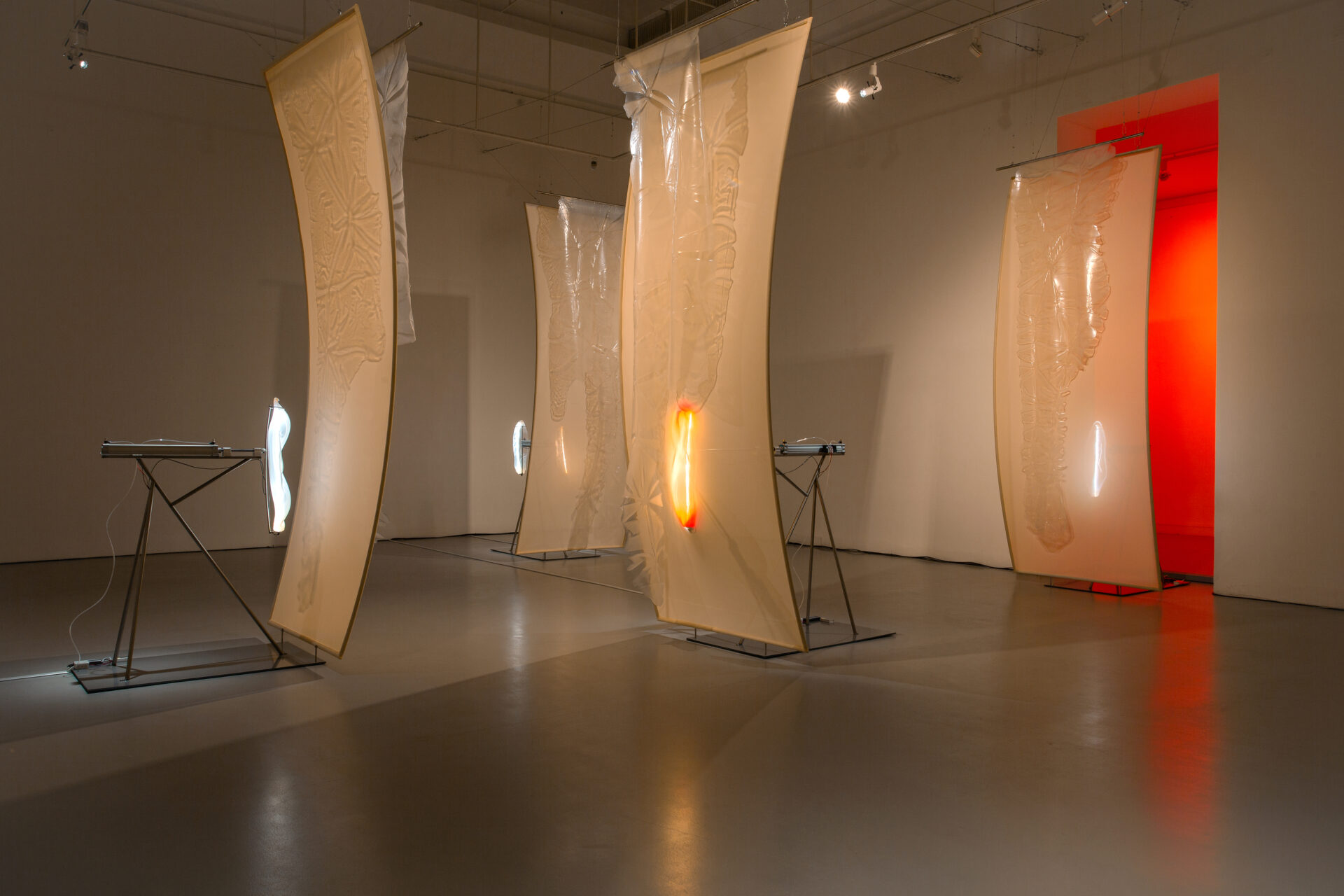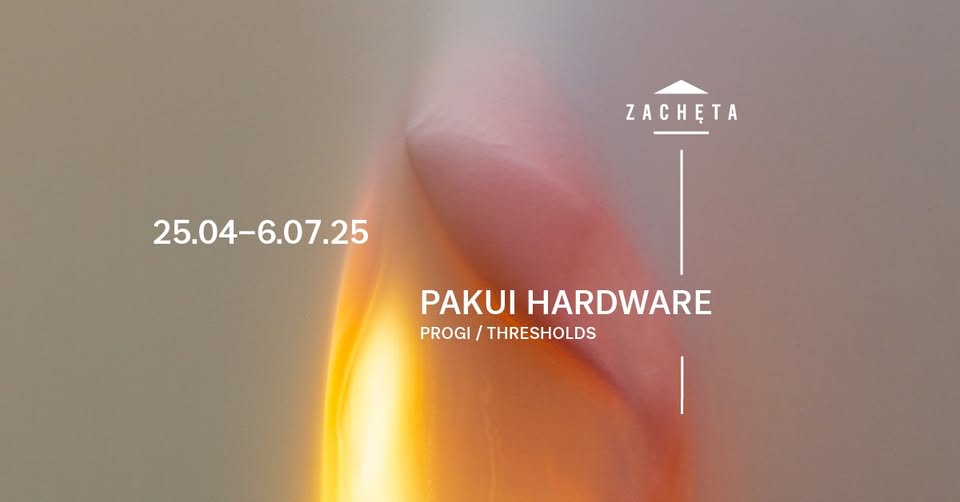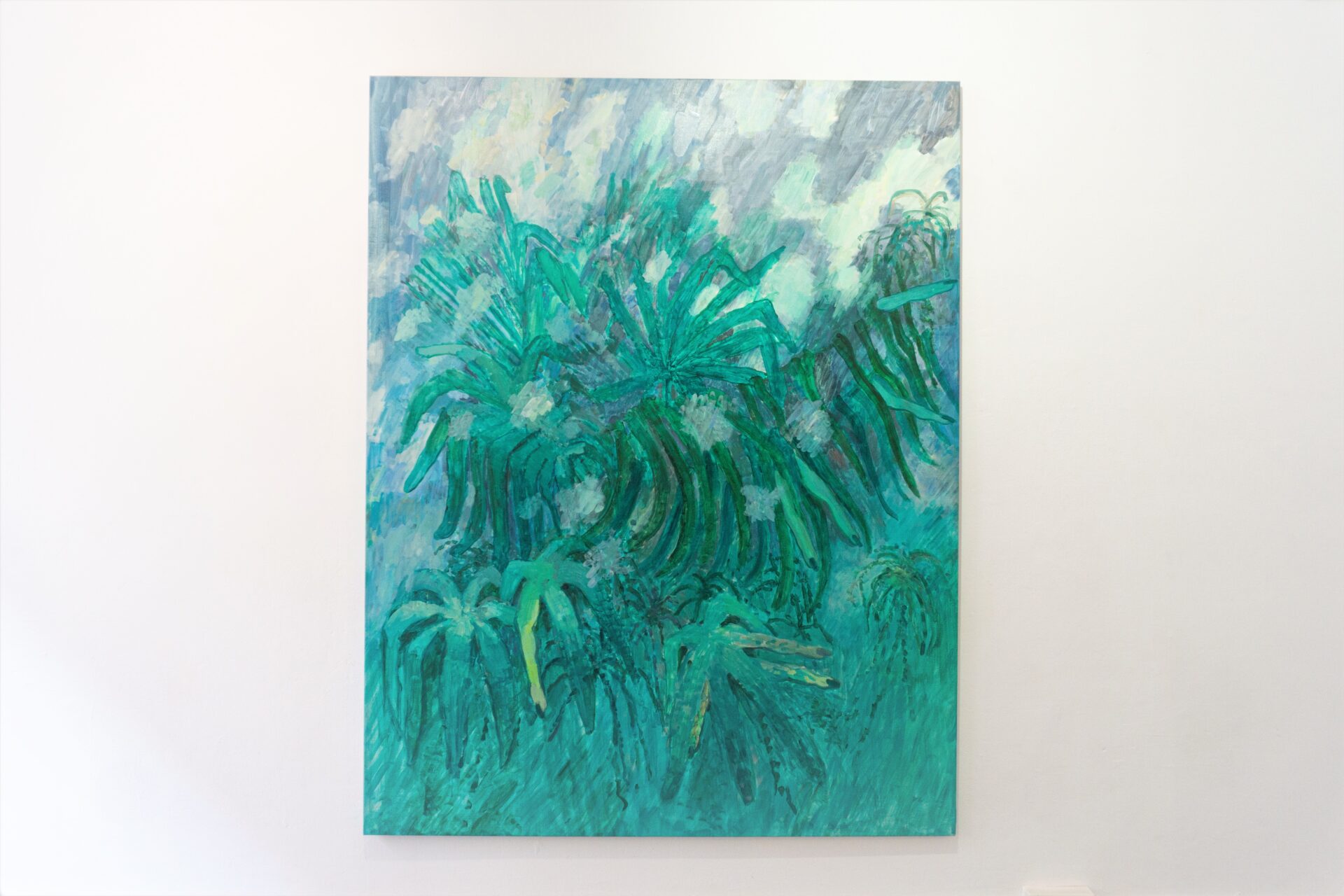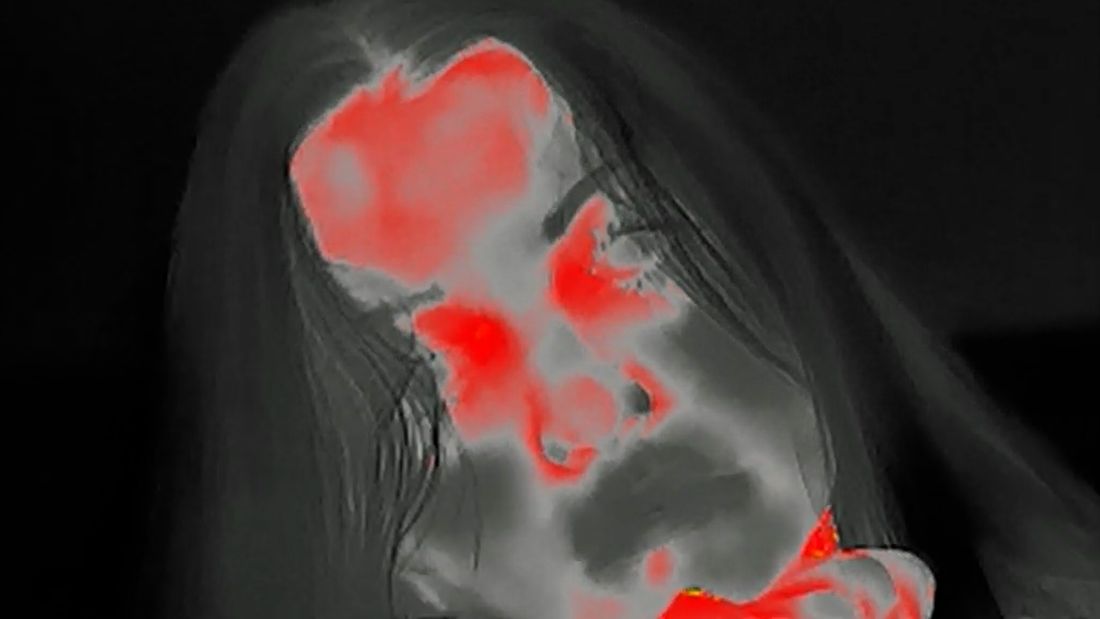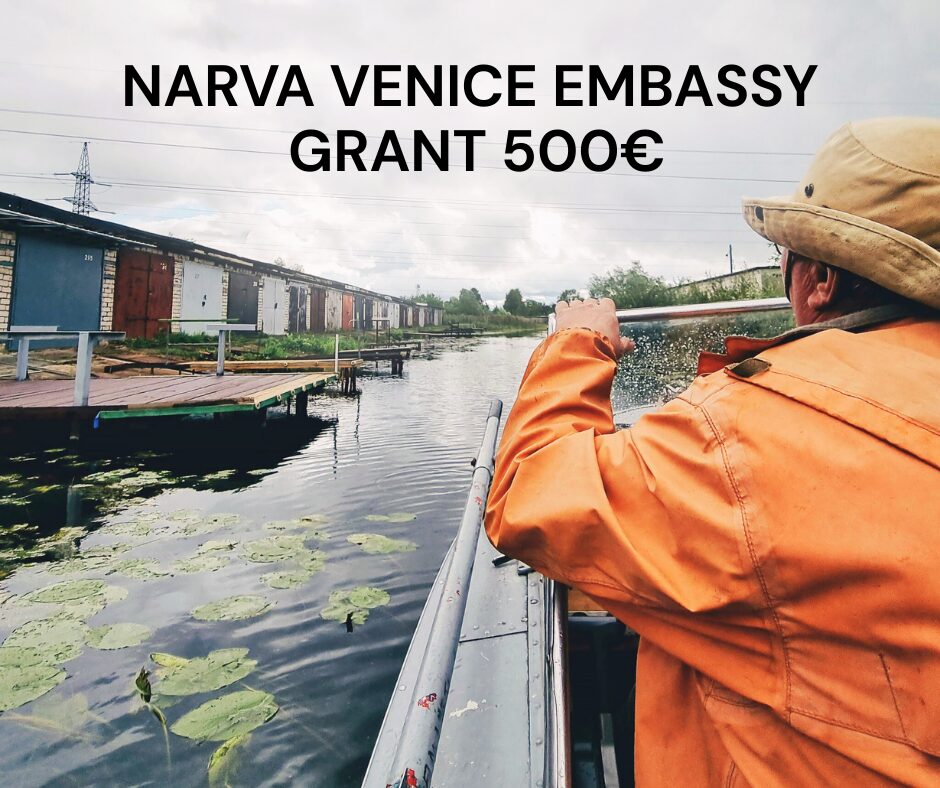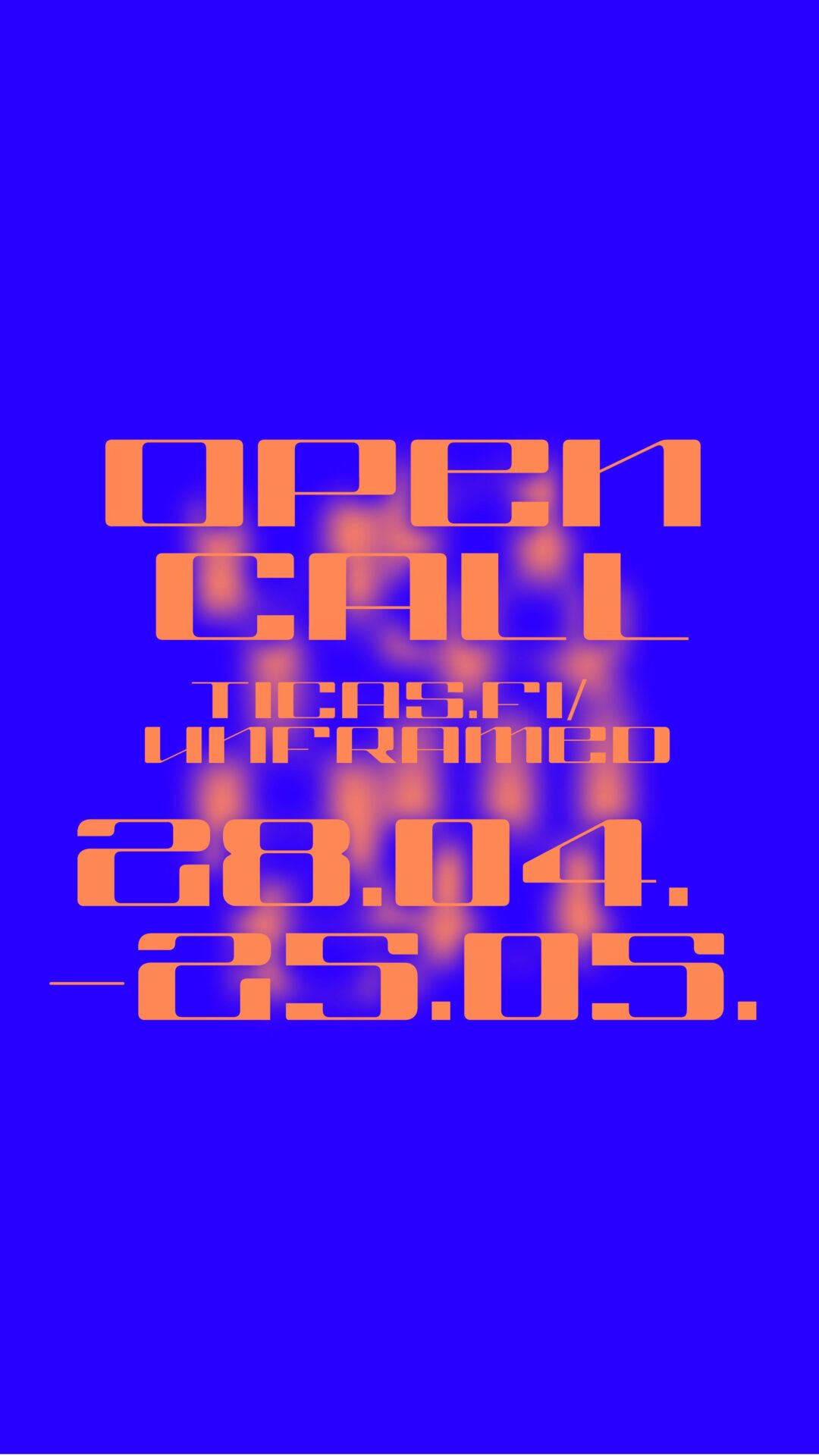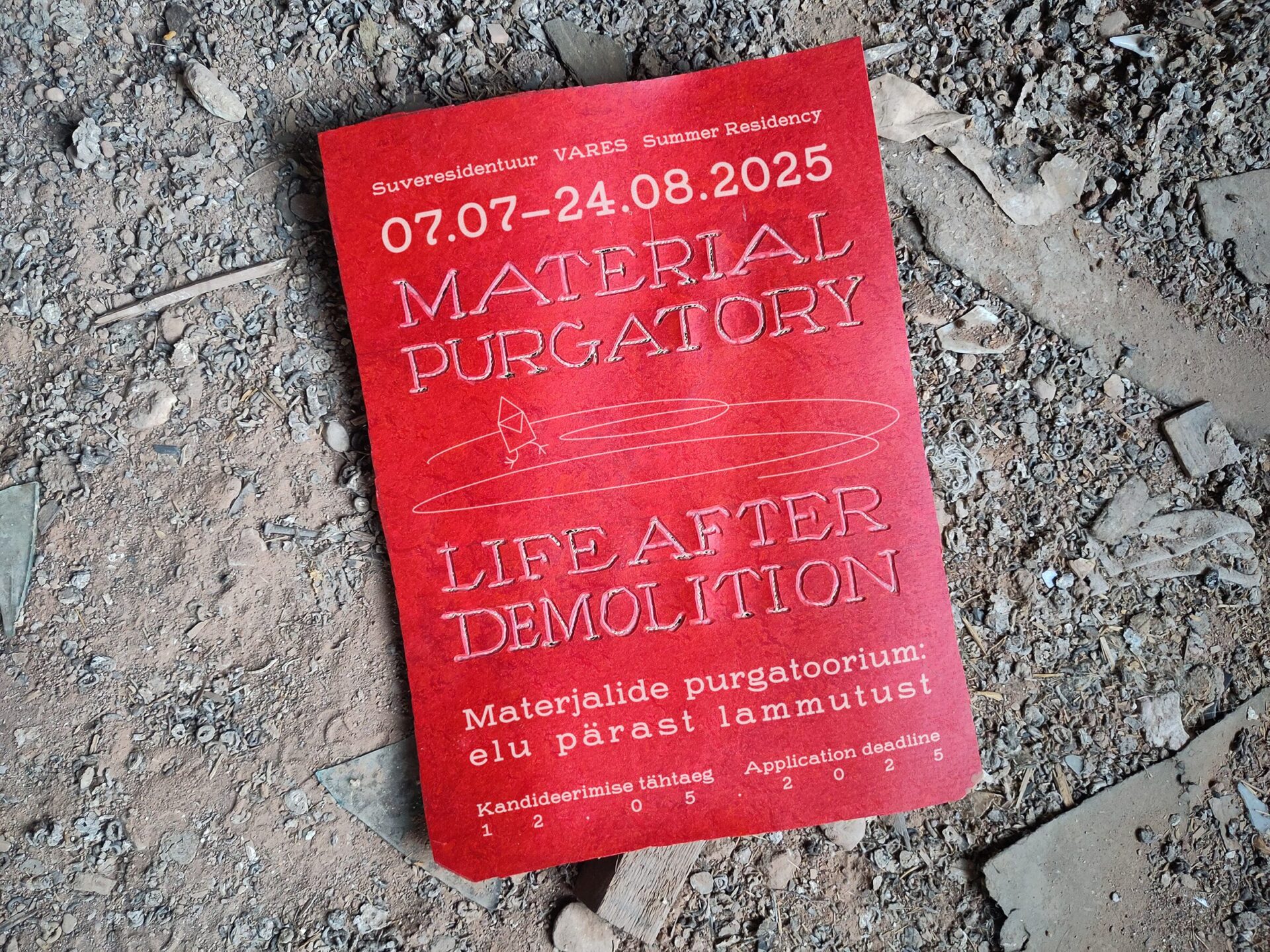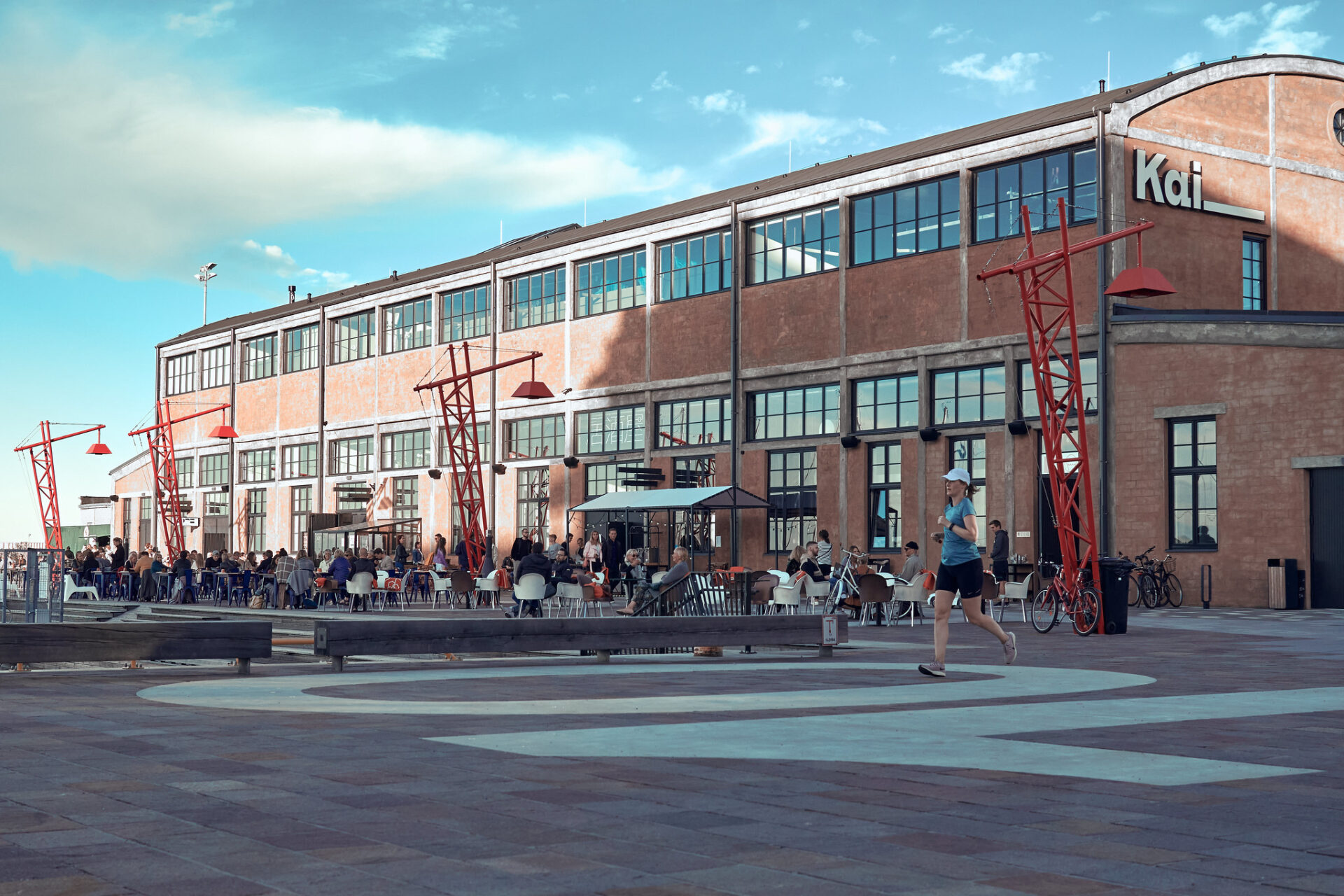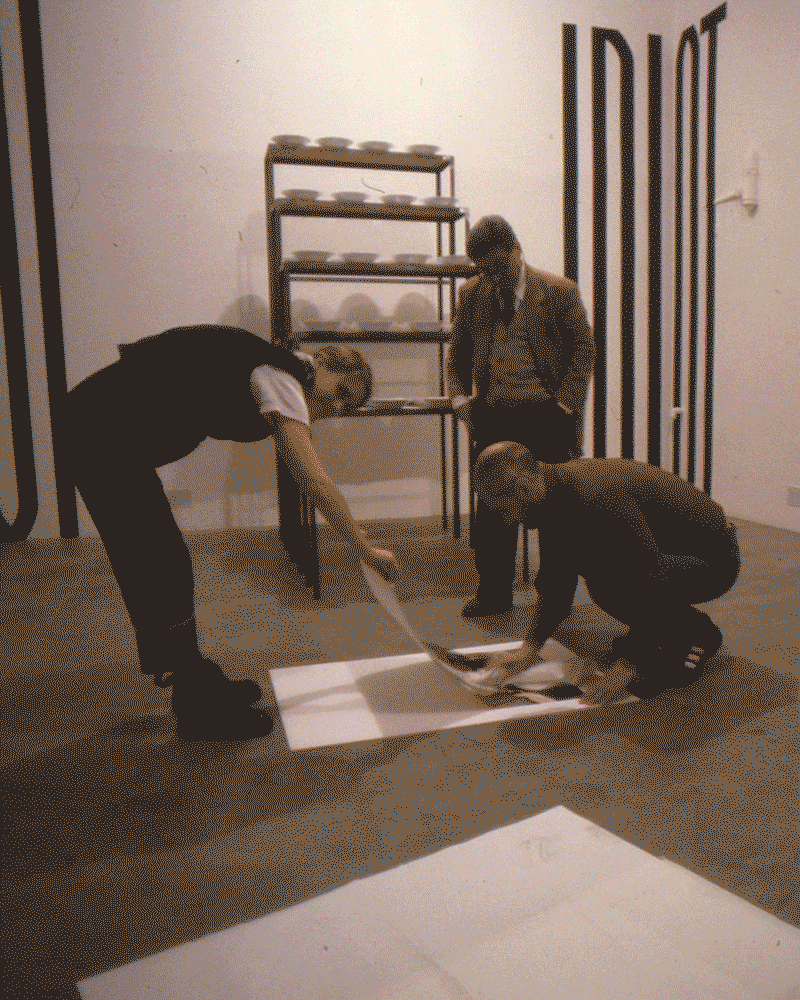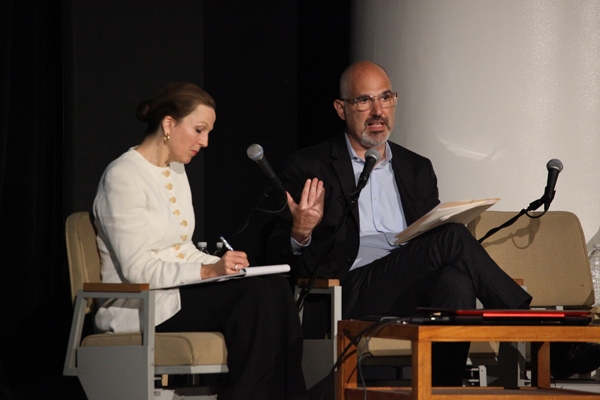
This Thursday, 22nd of August, 2013 Vilnius Academy of Arts, Design Innovations Centre, 112 a. (Maironio str. 3, Vilnius) will host the first event of the lecture series “New Realism in Contemporary Art” – lecture by prof. David Joselit (Yale University, US) “A Multitude of Images”.
Departing from the proposition that modern art arises out of and responds to a population explosion of images, this lecture will offer an account of photomontage as a fundamental aesthetic technique that for nearly a century has managed such a “multitude.” Whereas artists associated with the invention of photomontage c. 1919, such as Hannah Höch, created works in which diverse images collide, contemporary practices of montage as exemplified by Rachel Harrison’s 2010 photo book, Abraham Lincoln, emphasize what a diverse population of images hold in common rather than their differences. An account of this transformation in montage suggests a shift in art’s politics toward what Michael Hardt and Antonio Negri, among others, have theorized as the multitude.
David Joselit worked as a curator at The Institute of Contemporary Art in Boston from 1983-1989 where he co-organized several exhibitions including DISSENT: The Issue of Modern Art in Boston, (1985) Endgame: Reference and Simulation in Recent Painting and Sculpture (1986) and The British Edge (1987). After receiving his Ph.D. in Art History from Harvard in 1995, he began teaching in the Department of Art History and Ph.D. Program in Visual Studies at University of California, Irvine, where he taught until 2003. He is currently Carnegie Professor of the History of Art at Yale where he served as Department Chair from 2006-2009. Joselit is author of Infinite Regress: Marcel Duchamp 1910-1941 (MIT Press, 1998), American Art Since 1945 (Thames and Hudson, World of Art Series, 2003), Feedback: Television Against Democracy (MIT Press, 2007), and After Art (Princeton University Press, 2012). He is and editor of the journal OCTOBER and writes regularly on contemporary art and culture.
About the lecture series “New Realism in Contemporary Art”:
The realism of the 19th century urged to live in one‘s own time, to record the features, attitudes and ideas of the current era – il faut être de son temps, as Gustave Courbet proclaimed. If realism is the witness and mediator to the symptoms of a certain time period, what could be (or is) the realism of the 21st century, and how does it manifest in works of art?
The parameters of science, digital technology, communications and information technology may eventually be seen as some of the most important factors that form the features of the modern world: the global proliferation of images, the dehierarchization of things and persons existing in the world, communication by things among themselves, a new form of moral and political responsibility, and a change in the ethical (and aesthetic) attitude towards the world. The lectures attempt to define the relationship of the artwork and the world by regarding realism in contemporary art as a multifaceted issue: is it possible for an artwork to be independent of the perceiving subject? What could be an alternative to the regime of “aesthetical correlationism”? How is understanding of the work of art, its value and (political) influence affected by the global proliferation of images and the networks formed by them? Could realism become a manifesto calling towards reflection on a common social and political reality? The lecture series aims to highlight tendencies of realism in contemporary art practices as well as to reflect on the theoretical approaches reviving the concept of realism.
Speakers: Armen Avanessian (Free University of Berlin), David Joselit (Yale University), Dieter Roelstraete (The Museum of Contemporary Art Chicago).
Other events: the lecture by Armen Avanessian on the 9th of October, 2013, and the lecture by Dieter Roelstraete on the 6th of December, 2013. All events will take place at Vilnius Academy of Arts, Design Innovations Centre, 112 a.
Organiser: Inesa Pavlovskaitė

